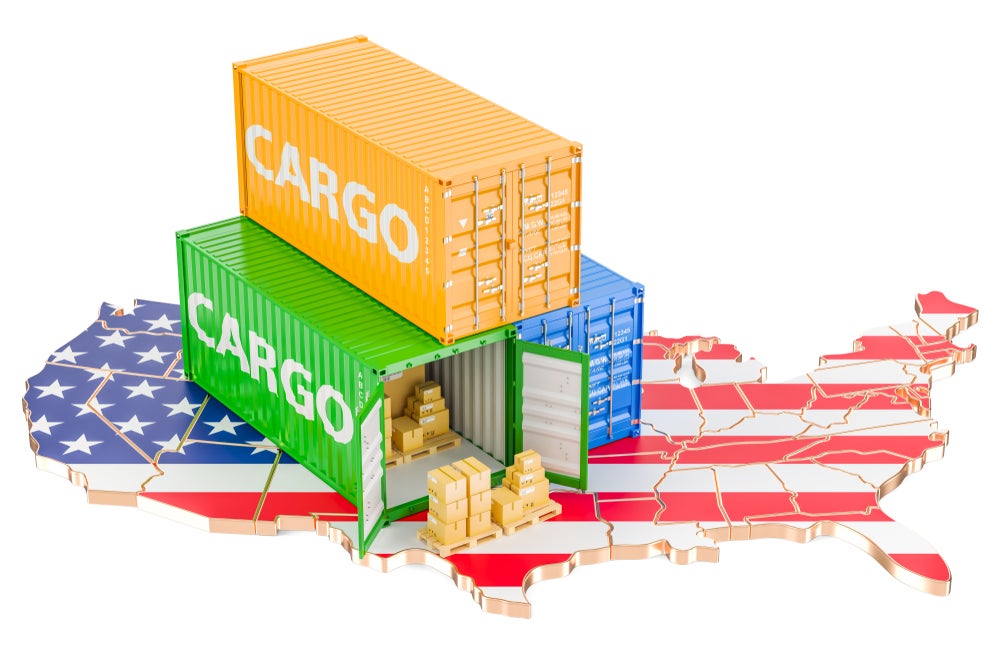Lawmakers have warned the US is heading for a shutdown on 1 October as budget talks stall with news reports suggesting the economy could take a hit if a deal isn't made.
The American Apparel & Footwear Association (AAFA) and US Fashion Industry Association (USFIA) have published a statement alongside fellow import and export associations declaring that imports and exports are vital components of the economy.
It states: "Government and the private sector must work together to keep legitimate trade flowing and illicit goods out of the supply chain during this challenging time."
Specifically, the trade community has outlined several key requests:
- Private sector communication with the CBP "war room": The trade community applauds the US Customs and Border Protection (CBP) for initiating preparations for a potential government shutdown and supports the establishment of a "war room" throughout the duration of any funding lapse. It strongly urges that CBP collaborates with the private-sector trade community to establish a direct channel of communication, enabling real-time updates on critical issues that require timely resolution to maintain trade flows.
- Presence of Participating Government Agencies (PGAs) in the CBP "War Room": It is recommended that CBP and PGAs fully integrate PGA staff into the CBP "war room," especially those agencies with hold authority. Additionally, consideration should be given to including the Transportation Security Administration (TSA) in the "war room," given its vital role in border security. The provision of technical support to ensure the normal operation of the Automated Commercial Environment (ACE) system is deemed crucial during any government shutdown.
- Coordination between CBP headquarters, ports, and centres: To prevent inefficiencies in trade operations, it is essential that CBP pre-plan coordination efforts between CBP Headquarters, local ports, and Centres. Past government shutdowns have highlighted communication breakdowns that hindered trade movement.
- CBP daily briefings with the private sector: Drawing from past successes, CBP is encouraged to reinstate daily briefings with the private sector to identify and address any emerging issues. PGAs with goods clearance authority should actively participate in these briefings to ensure cohesive collaboration in keeping trade operations running smoothly.
- Sustaining two-way trade: The trade community underscores the importance of sustaining trade in both directions during any government funding gap. Export operations and associated processes, such as licensing, inspections, and cargo screening, must be able to flow inbound and outbound across borders throughout a shutdown.
- Consideration of essential tangential trade functions: Government authorities are strongly urged to recognise the significance of tangential trade functions when designating essential personnel. These functions include the issuance of steel and aluminium licenses through the Department of Commerce, EPA inspection sites, PGA staff conducting document reviews or technical support for automation issues, US Foreign-Trade Zones focused employees reviewing and releasing detained shipments, personnel processing paper checks at ports, individuals conducting inspections for self-propelled used vehicle exports, USDA certificate personnel for US exports, and similar roles, all of which should be deemed essential to maintain trade continuity.















